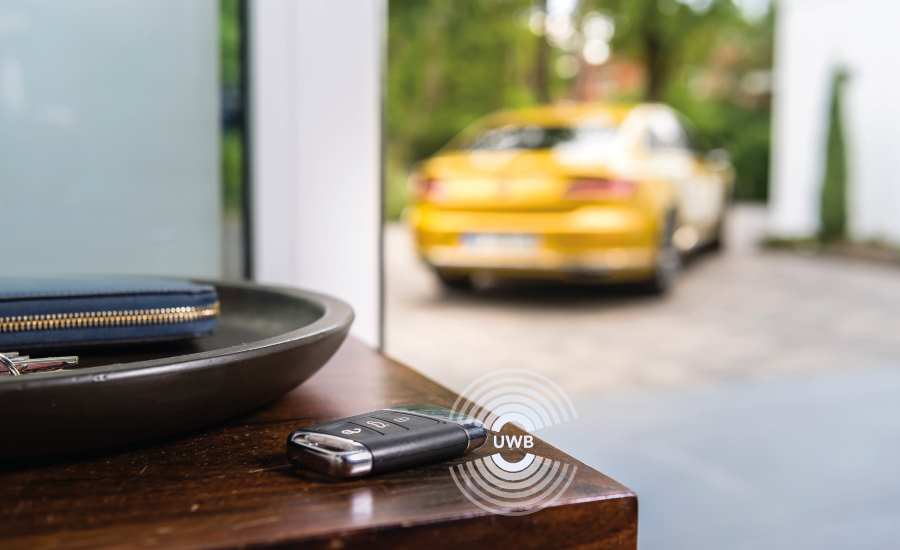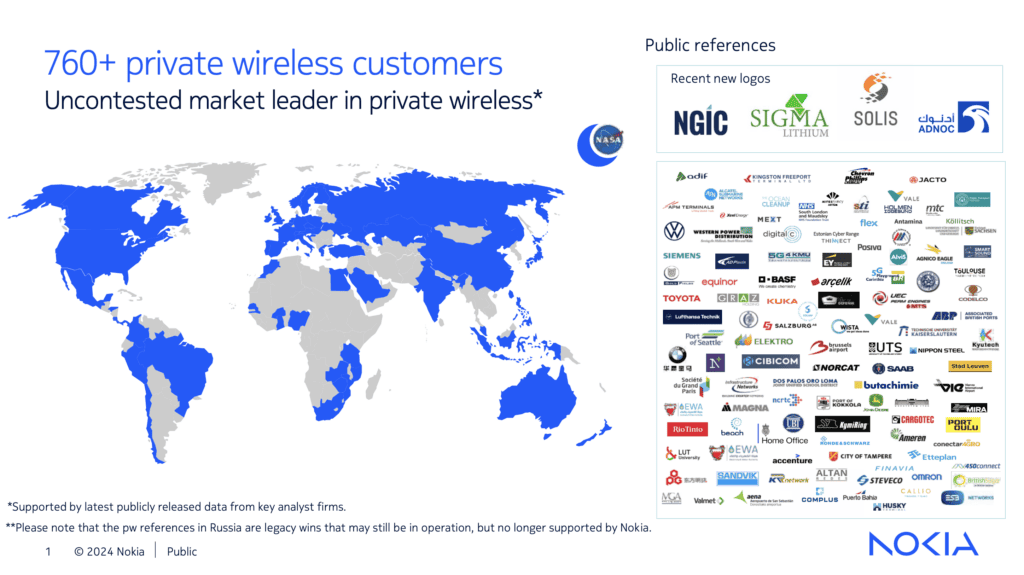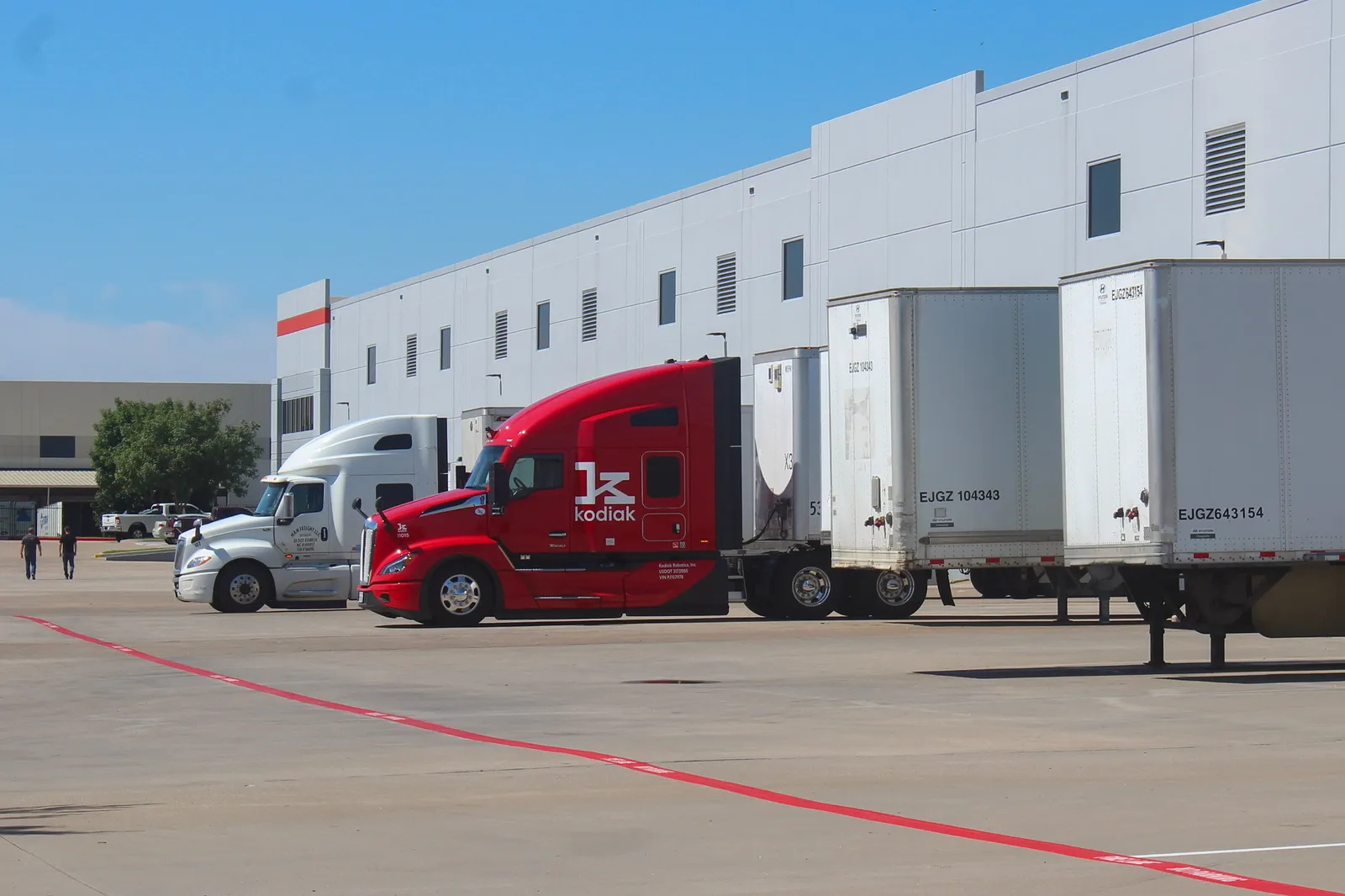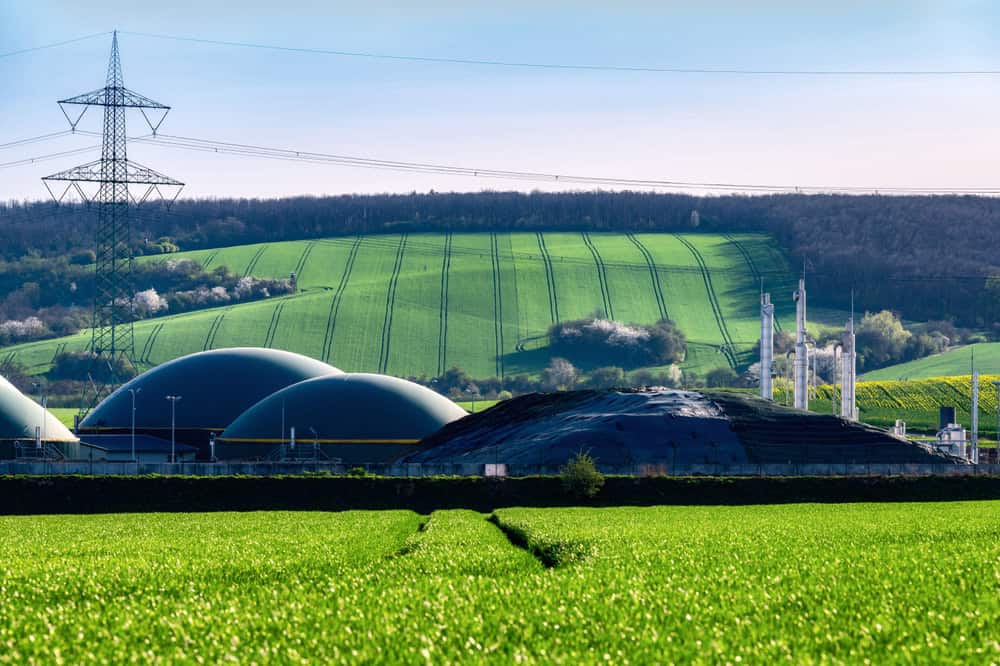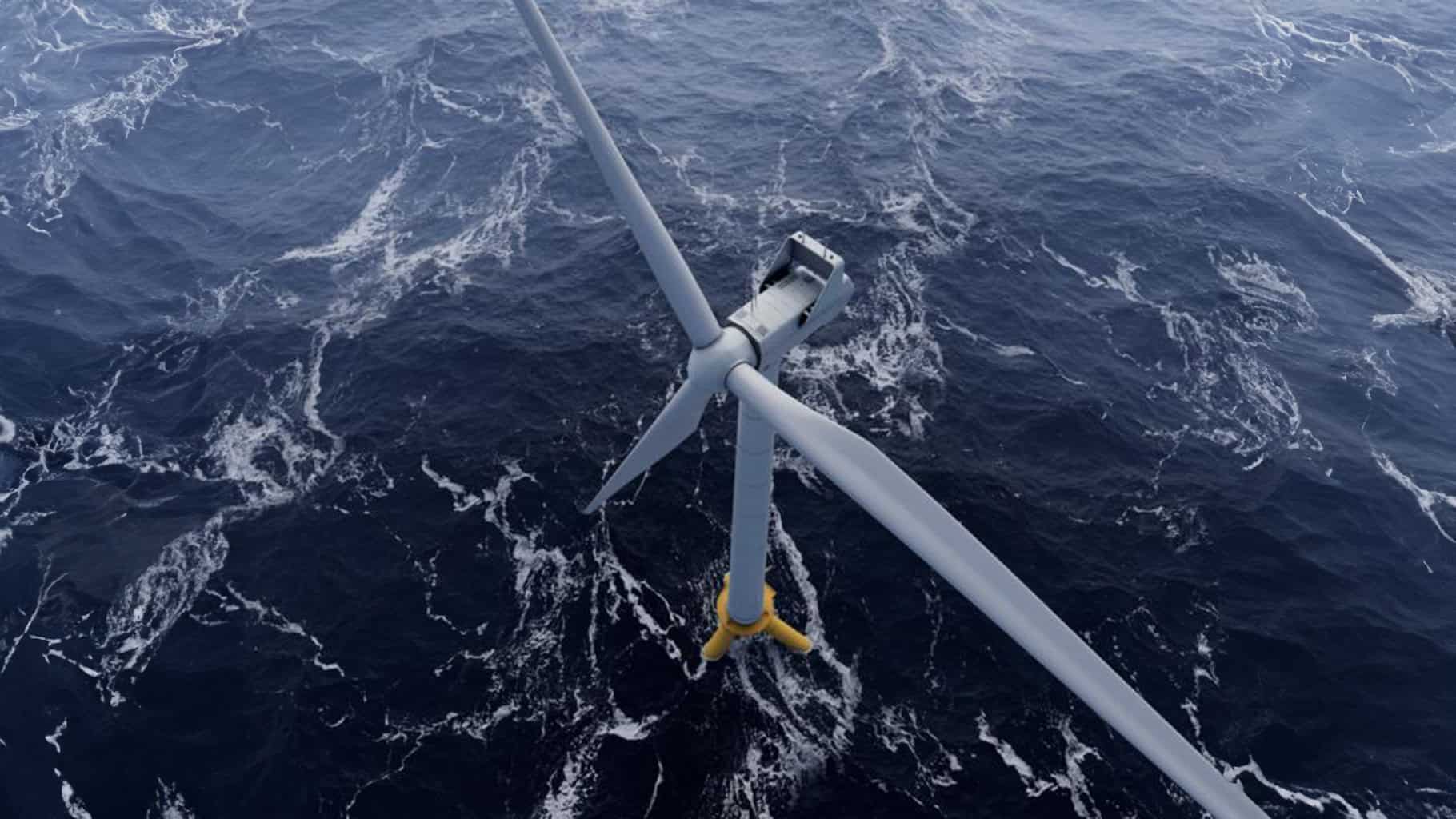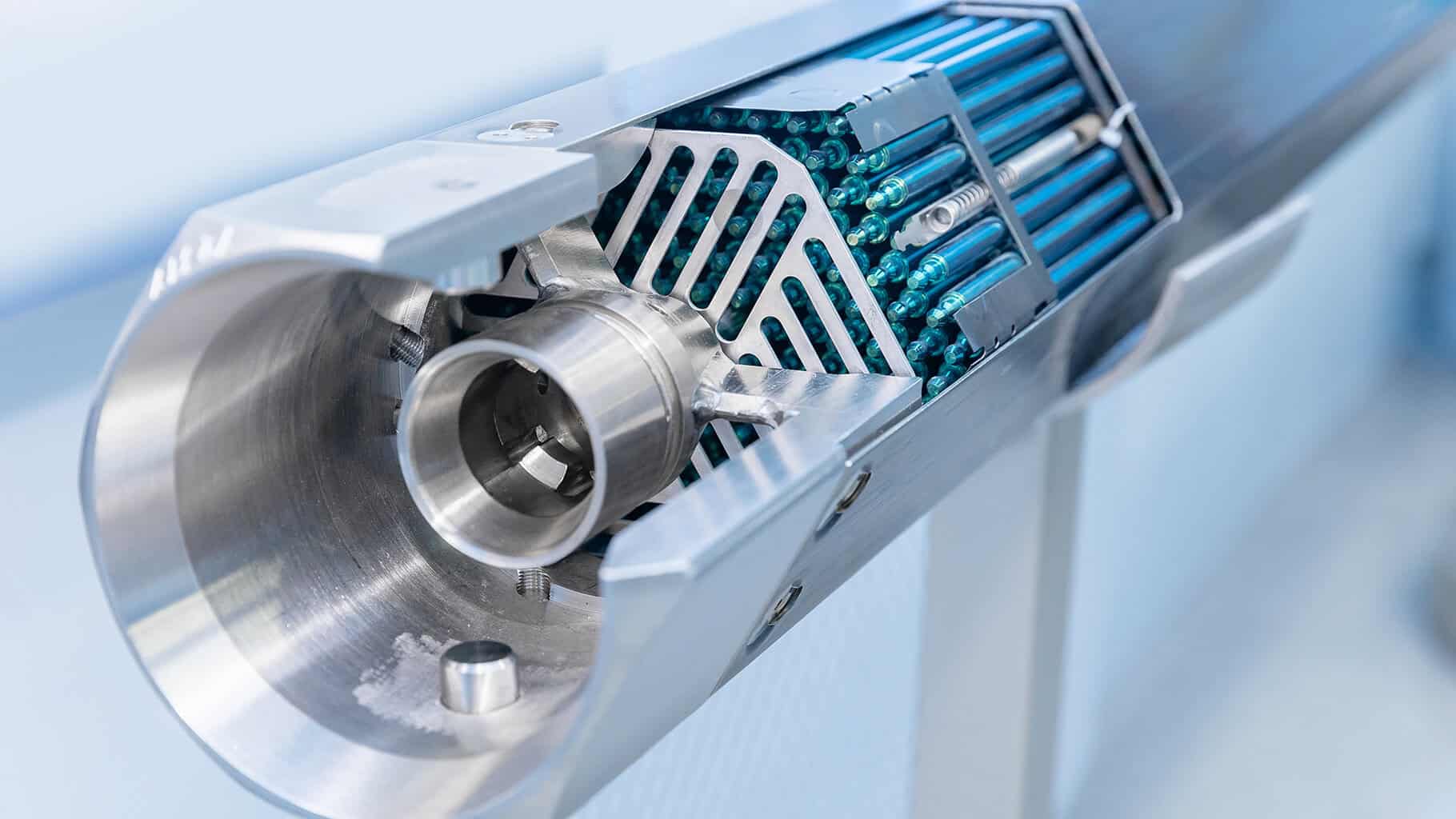The National Highway Traffic Safety Administration (NHTSA) is proactively tackling road safety by considering advanced anti-drunk driving technology for new vehicles, as mandated by the Bipartisan Infrastructure Law. This move aims to curb the alarming rise in traffic fatalities linked to drunk and drug-related driving incidents, which have been significant in recent years.
NHTSA’s initiative involves developing a Federal Motor Vehicle Safety Standard, with plans to implement anti-drunk driving technology by 2026. The agency intends to gather feedback through an advanced notice of proposed rulemaking, engaging stakeholders such as vehicle manufacturers, auto suppliers, and the public. By leveraging technological innovation and regulatory action, NHTSA seeks to save lives, reduce accidents, and alleviate the economic toll of alcohol-impaired driving. This approach aligns with broader efforts to enhance road safety and safeguard the well-being of all road users.

NHTSA’s Focus on Driver Monitoring Systems and Drunk Driving Prevention
To make sure drivers are paying attention while using their vehicle’s developed driver-assistance features, a growing number of automakers, including General Motors and Tesla, install driver monitoring systems.
However, NHTSA may mandate that car manufacturers install systems that can track drunk drivers in the future, which some experts claim is more useful than breathalyzers.
However, the agency is thinking about three regulation options: driver monitoring, alcohol content detection, or a combination of the two. According to the technology’s infancy and a dearth of testing protocols, NHTSA will certainly address drug-impaired driving.
The announcement is just the beginning of the regulation procedure. According to the infrastructure law, NHTSA must publish its ultimate decision by November 15, 2024. To give manufacturers ample time to comply, the ultimate regulation must also go into effect at least two years after publication, but no later than three years.
The infrastructure law’s provision was added by Congress to address growing worries about the rise in traffic fatalities, including those brought on by drunk and drug-related driving. More than 13,000 people died in drunk driving accidents in 2021, an increase of 14% over the previous year, and 31% of all traffic fatalities, according to NHTSA.
Advancing Drunk Driving Prevention: NHTSA’s Proposed Rulemaking and Industry Response
The Alliance for Automotive Innovation, a business association that represents American automakers and suppliers, stated in an email that it was reviewing NHTSA’s notice.
Automakers “work every day to make cars safer, smarter, and to help address unexpected tragedies caused by behavior like drunken driving” according to Auto Innovators.
Since 2008, the Driver Alcohol Detection System for Safety Research Program has been working with NHTSA to develop anti-drunk driving technology. The Automotive Coalition for Traffic Safety, which includes 16 automakers like GM and Toyota.
In a statement released on Tuesday, U.S. Department of Transportation Deputy Secretary Polly Trottenberg said that drunken driving crashes are one of the leading causes of fatalities on the roads in this nation and that far too many lives are lost. The first step toward a new safety standard requiring alcohol-impaired driving prevention technology in new passenger vehicles is “The Advance Notice of Proposed Rulemaking” which we are issuing today.
The Insurance Institute for Highway Safety estimates that preventing drunk driving would save more than 10,000 lives annually. According to NHTSA, lost wages, medical expenses, and other expenses for alcohol-impaired driving cost the United States about $280 billion annually.
Resume: anti-drunk driving technology mandate
- As early as 2026, automakers may be required to install anti-drunk driving technology in new vehicles sold in the United States.
- A provision of the Bipartisan Infrastructure Law requiring NHTSA to develop a Federal Motor Vehicle Safety Standard mandating that new passenger vehicles have “advanced drunken and affected driving prevention technology” was announced by the National Highway Traffic Safety Administration on Tuesday. Such a regulation wo n’t be finalized by NHTSA until it complies with the requirements of the National Traffic and Motor Vehicle Safety Act.
- To gather data on impaired driving technology and how to use it, the agency intends to publish an innovative notice of proposed rulemaking. After the notice is published on the governmental register, vehicle manufacturers, auto suppliers, and others will have 60 days to submit public comments to NHTSA.

